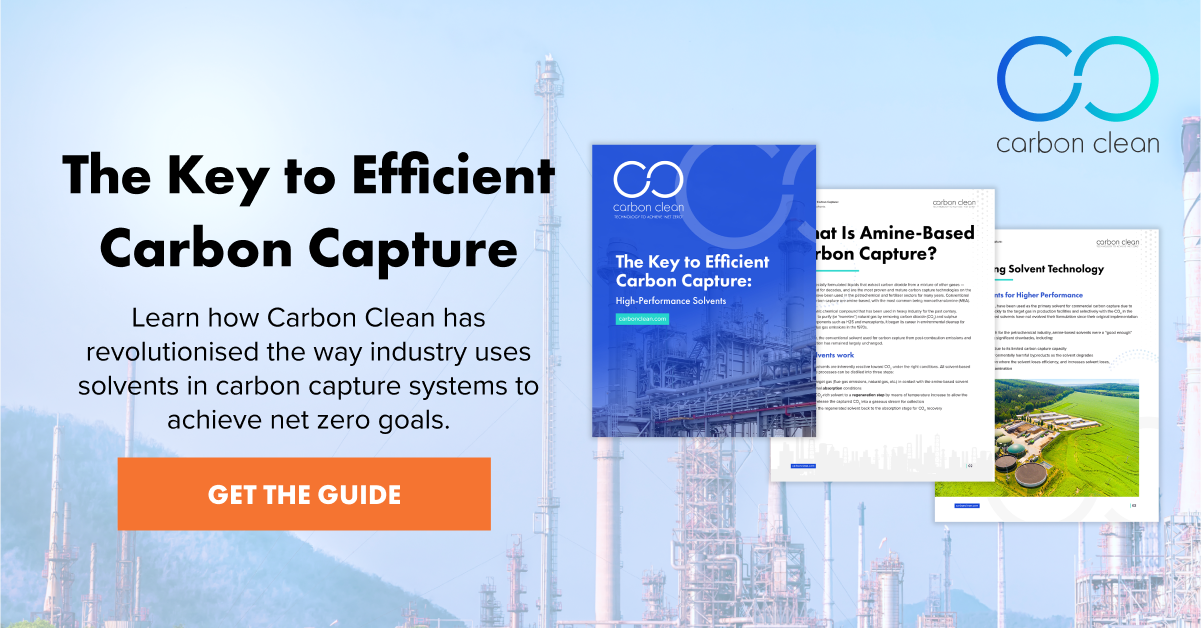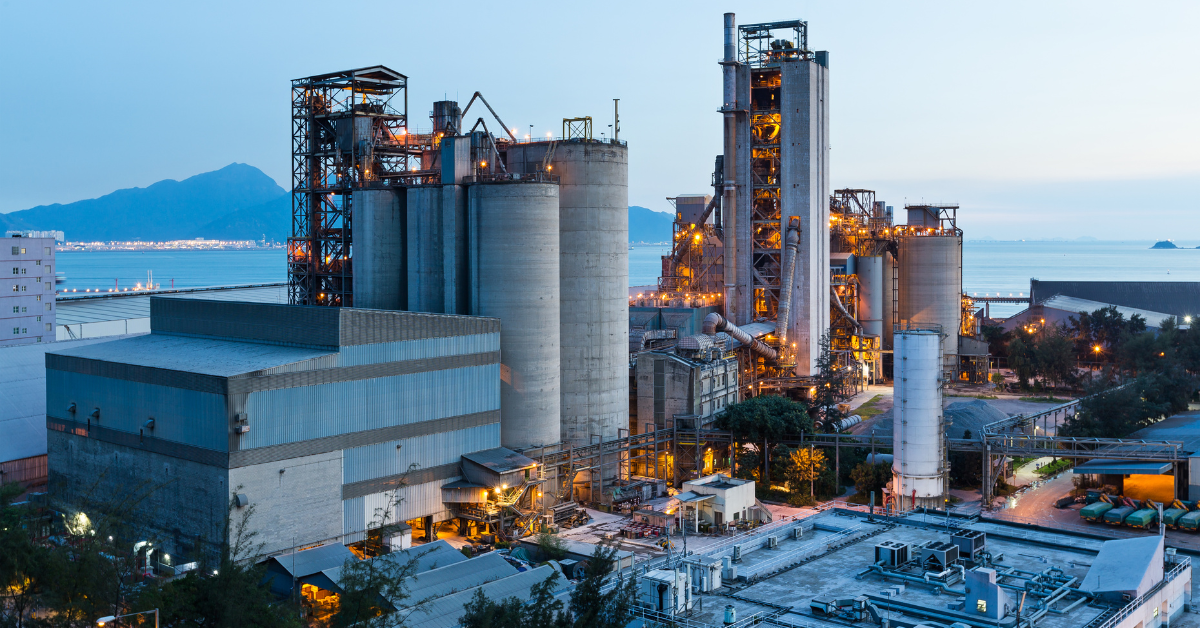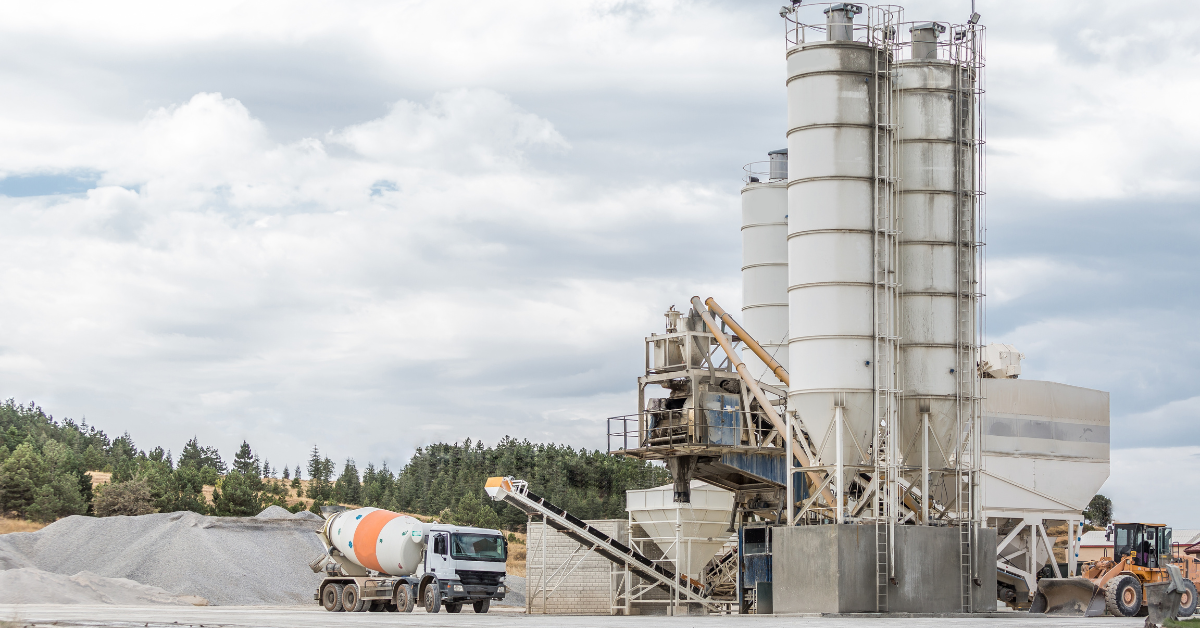In our latest video, Eberhart Wusterhaus Gomez, Commercial Director at Carbon Clean, discusses how solvent technology can help with energy from waste carbon capture, allowing the industry to make strides toward net zero.
What are some of the core challenges for the energy from waste sector when it comes to carbon capture?
Producing energy from waste is a crucial strategy to minimise our footprint on this planet.
Therefore, limitations on emitting greenhouse gases into the atmosphere will likely become a legal requirement in many regions of the world very soon.
Carbon capture will become a must for handling emissions from the waste management industry and for improving their carbon management to minimise taxes and be competitive in the construction of new energy from waste facilities.
Can solvent-based carbon capture help meet those challenges?
Solvent-based carbon capture solutions are ideal for recovering CO2 from flue gas due to the high selectivity and industrial-grade purity that chemical absorption can achieve.
The advantage of optimisation, such as heat process integration, allows EfW to adopt this technology for existing plants and greenfield projects.
How does using solvent-based carbon capture technology help the energy from waste industry reach the goal of achieving net zero emissions?
To reach net zero emissions, we need to conduct long-term planning and include solutions that can share utilities with the EfW plant — solutions that are modular, scalable and that can be standardised; solvent-based carbon capture technology is the ideal process for this.
How can Carbon Clean’s APBS-CDRMax® solvent benefit an energy from waste plant in capturing carbon?
Carbon Clean’s CDRMax® technology is operated with thermal and electrical energy, the two main energy forms that EfW plants produce and that can benefit process integration.
Carbon Clean’s solvent-based CDRMax® is designed to increase the efficiency of the chemical absorption process, which means less use of the energy produced on-site and a positive impact on revenue.
The EfW industry is highly efficient and the addition of electrical and thermal consumption needs to be minimised to avoid any cost increases. CDRMax® achieves this while at the same time reducing energy consumption by about 50%.
What energy from waste players have already partnered with Carbon Clean?
We are working very closely with EfW companies to develop an integrated concept for greenfield projects and to retrofit existing plants.
Veolia has been a key partner for Carbon Clean, and this partnership has allowed us to further optimise our solutions in this market and design the next generation of EfW plants, either for combustion to produce electricity and heat or for fuel production such as biomethane.
Looking to learn more about the role of solvents in carbon capture — and how they can help the EfW industry achieve net zero? Download our ebook, The Key to Efficient Carbon Capture: High-Performance Solvents, to learn how Carbon Clean's proprietary solvents are making an impact.



